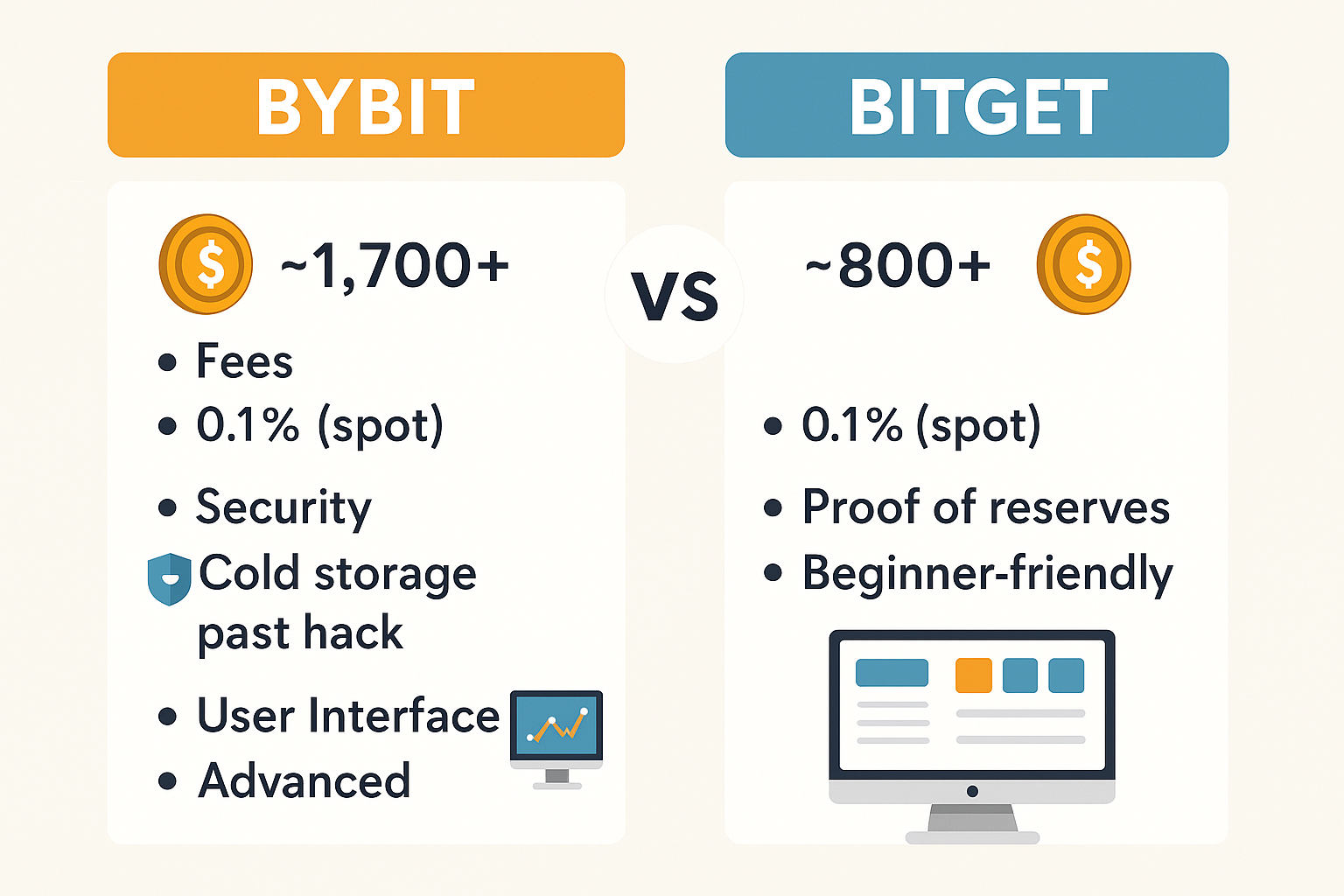Introduction
In today’s technology landscape, serial communication remains vital for data exchange between devices. However, the traditional serial ports (COM ports) are becoming less common as USB interfaces dominate. USB virtual COM ports are employed to bridge this gap, providing a seamless way to emulate serial communication over USB. This article explores how to use System.IO.Ports.SerialPort with a USB virtual COM port, addressing key questions and offering practical examples.
Detailed Project Report: Setting up a USB Data Cables Manufacturing Plant – IMARC Group
What Type of Cable Does a Webcam Use? Understanding Webcam Connectivity
Can a USB Port Be Used as a Serial Port?
A USB port can be used as a serial port through USB-to-serial adapters. These adapters create a virtual COM port on your computer that emulates a traditional serial port. This setup allows applications that communicate via serial ports to interface with devices connected via USB.
Difference Between Serial Port and Virtual COM Port
Serial Port: A traditional serial port (COM port) is a physical port on a computer used for serial communication. It transmits data one bit at a time over a single communication line. Serial ports were commonly used for connecting peripherals like modems, printers, and other serial devices.
Virtual COM Port: Conversely, a virtual COM port emulates a serial port that appears in the System as if it were a physical serial port. This is typically achieved using USB-to-serial converters or virtual COM port software. The virtual COM port maintains compatibility with legacy serial communication protocols while utilizing modern USB interfaces.
How to Use a Virtual Serial Port
To use a virtual serial port, you must ensure that the hardware (USB-to-serial adapter) and the software (drivers and applications) are correctly configured. Here’s a step-by-step guide:
- Install the USB-to-Serial Adapter Driver:
- Plug the USB-to-serial adapter into your USB port.
- The operating System should automatically recognize the device and install the necessary driver. If not, download and install the driver from the manufacturer’s website.
- Verify the COM Port Assignment:
- On Windows, open Device Manager (type devmgmt. msc in the Run dialogue).
- Expand the “Ports (COM & LPT)” section. You should see the USB-to-serial adapter listed with an assigned COM port number (e.g., COM3).
- Configure the Serial Port Settings:
- In Device Manager, right-click the USB-to-serial adapter and select “Properties.”
- Go to the “Port Settings” tab and configure parameters like baud rate, data bits, parity, and stop bits according to your application’s requirements.
- Use the Virtual COM Port in Your Application:
- Access the virtual COM port using serial communication libraries or tools. In .NET, you can use the System.IO.Ports.SerialPort class.
How to Make a USB Virtual COM Port
To create a USB virtual COM port, follow these steps:
- Obtain a USB-to-Serial Adapter:
- Purchase a USB-to-serial adapter from a reputable manufacturer.
- Install the Adapter’s Driver:
- Connect the adapter to your computer. The operating System will usually prompt you to install the necessary drivers.
- Verify COM Port Creation:
- After installation, check Device Manager to ensure a new COM port has been created.
How to Enable Virtual COM Ports
Enabling virtual COM ports typically involves configuring the USB-to-serial adapter and properly installing drivers. Here’s how:
- Check Adapter and Driver Installation:
- Ensure the adapter is properly connected and the driver is installed.
- Assign and Verify COM Port Settings:
- Open Device Manager and verify that the virtual COM port is listed under “Ports (COM & LPT).”
- Configure COM Port Settings:
- Adjust the settings in Device Manager as needed for your application.
How to Enable a COM Port on a USB
To enable a COM port on a USB, follow these steps:
- Connect the USB-to-Serial Adapter:
- Plug the adapter into an available USB port.
- Install or Update Drivers:
- Ensure the drivers for the USB-to-serial adapter are installed or updated.
- Check COM Port Assignment:
- Open Device Manager and look under “Ports (COM & LPT)” to find the newly created COM port.
- Configure the COM Port:
- Adjust settings as necessary for your application.
Using System.IO.Ports.SerialPort with USB Virtual COM Port on Windows
System.IO.Ports.SerialPort is a class in .NET that allows for serial communication. Here’s how to use it with a USB virtual COM port on Windows:
using System;
using System.IO.Ports;
class Program
{
static void Main()
{
// Create a new SerialPort object with default settings.
SerialPort mySerialPort = new SerialPort(“COM3”);
// Set the appropriate properties.
mySerialPort.BaudRate = 9600;
mySerialPort.Parity = Parity.None;
mySerialPort.StopBits = StopBits.One;
mySerialPort.DataBits = 8;
mySerialPort.Handshake = Handshake.None;
// Open the port.
mySerialPort.Open();
// Write data to the port.
mySerialPort.WriteLine(“Hello, world!”);
// Read data from the port.
string response = mySerialPort.ReadLine();
Console.WriteLine(“Received: ” + response);
// Close the port.
mySerialPort.Close();
}
}
In this example, replace “COM3” with the appropriate COM port number assigned to your USB virtual COM port.
Using System.IO.Ports.SerialPort with USB Virtual COM Port on Android
As of now, System.IO.Ports is not supported on Android. Instead, you would use platform-specific libraries or APIs to interface with serial ports on Android devices.
For Android, you can use libraries like USB Serial, which provides serial communication capabilities via USB. Here’s a basic example of how to use it:
Example Code
java
import com.hoho. Android. USB serial. Driver.UsbSerialPort;
import com.hoho. Android. USB serial. Driver.UsbSerialProber;
import com.hoho. Android. USB serial. Driver.UsbSerialDriver;
Public class SerialActivity extends Activity {
private UsbManager usbManager;
private UsbSerialPort port;
@Override
protected void onCreate(Bundle saved instance state) {
super.onCreate(savedInstanceState);
usbManager = (UsbManager) getSystemService(Context.USB_SERVICE);
UsbSerialDriver driver = UsbSerialProber.findFirstDevice(usbManager);
if (driver != null) {
port = driver.getPorts().get(0);
// Configure and open the port.
port.setParameters(9600, 8, UsbSerialPort.STOPBITS_1, UsbSerialPort.PARITY_NONE);
port.open(USB manager.open device(driver.get device()));
}
}
// Implement methods to read and write to the port.
}
System.IO.Ports and .NET 8
System.IO.Ports continues to be a key component in .NET for handling serial communication. As of .NET 8, it remains supported but is only available on Windows. For cross-platform solutions, consider alternatives like System.IO.Ports in combination with platform-specific libraries.
Using NuGet for System.IO.Ports
To use System.IO.Ports in your .NET project, you can add it via NuGet:
- Open Visual Studio and access Tools > NuGet Package Manager > Package Manager Console.
- Run the following command to install the package:
- bash
- Copy code
- Install-Package System.IO.Ports
- Add the reference to your project.
Conclusion
Understanding and using System.IO.Ports.SerialPort with USB virtual COM ports is essential for integrating serial communication with modern USB devices. While traditional serial ports are fading, USB virtual COM ports offer a practical solution for legacy systems and applications.
Final Thoughts:
Whether you’re working on Windows or exploring alternatives on Android, handling serial communication effectively requires understanding the hardware and software aspects. With USB virtual COM ports and System.IO.Ports.SerialPort, you can bridge the gap between traditional serial devices and modern computing environments.
Questions and Answers:
- Can I use System.IO.Ports.SerialPort on macOS or Linux?
- No, System.IO.Ports is currently only supported on Windows. For cross-platform needs, consider using other libraries or frameworks.
- How do I debug issues with virtual COM ports?
- Check the device manager for correct driver installation, ensure proper COM port settings, and use serial port monitoring tools to troubleshoot.
- Is there a way to access serial ports on Android?
- Yes, libraries like USB Serial for Android provide the necessary functionality for serial communication via USB.
Understanding these concepts and configurations, you’ll be well-equipped to handle serial communication in modern development environments.




